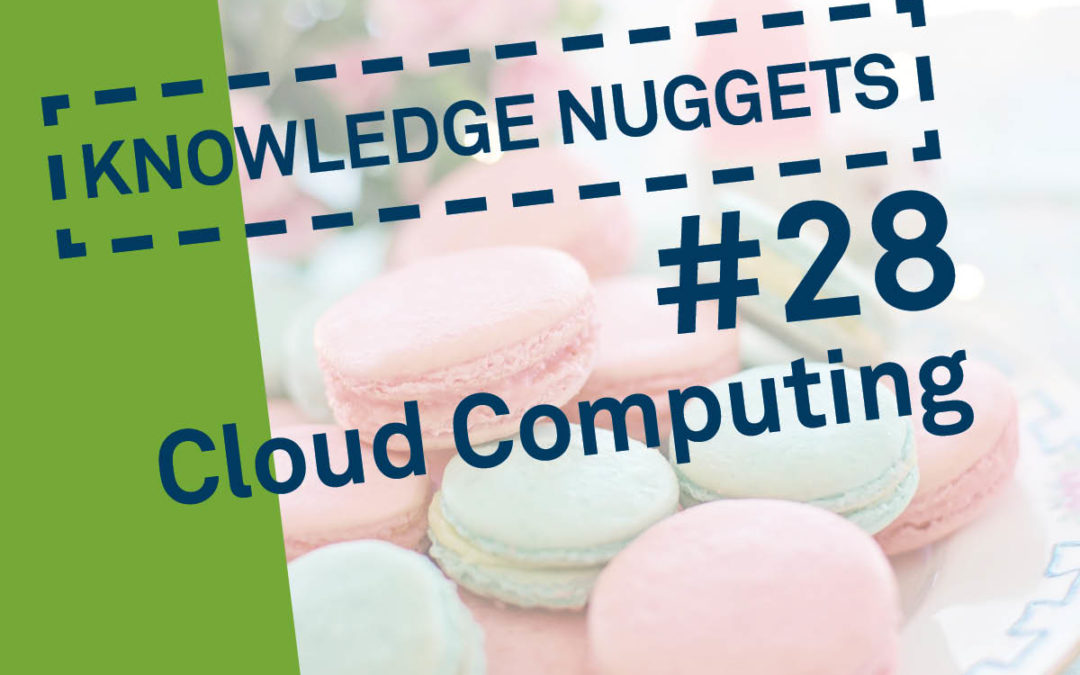Cloud computing is a technical term that is often referred to as “the cloud” in everyday language. In principle, it all revolves around the provision of computer resources such as servers, storage, databases, network components or software via the Internet. Instead of being stored locally on a company’s own computer or centrally via its infrastructure, data is uploaded to or retrieved from “the cloud” via a web service. Companies regardless of size and industry use the cloud for a variety of applications.
There are numerous advantages: Users can scale services according to their requirements, customize applications and access cloud services from anywhere in the world via the Internet. The cloud provider takes care of maintenance and continuous updates. This means that the latest technologies can be provided and are available at all times.
With the arrival of cloud computing in business and science, new business models have also emerged: Software as a Service (SaaS), Platform as a Service (PaaS) and Infrastructure as a Service (IaaS). Coupled with new payment models (per-per-use), this is creating the basis for the new Silicon Economy, among other things. The resources or services used are made available for a monthly fee or billed according to consumption. Investments in hardware and maintenance are eliminated. In the future, blockchaintechnology and the smart contracts linked to it will also support automatic payment transactions between cloud providers and users.
A basic distinction is made between public and private clouds. Public clouds provide an IT infrastructure for the general public via the Internet. Some providers also provide free accounts for private use. Private clouds are available to a closed circle of users. For example, a company can have its own cloud environment. Currently, there are also many mixed forms, hybrid or multi clouds.
